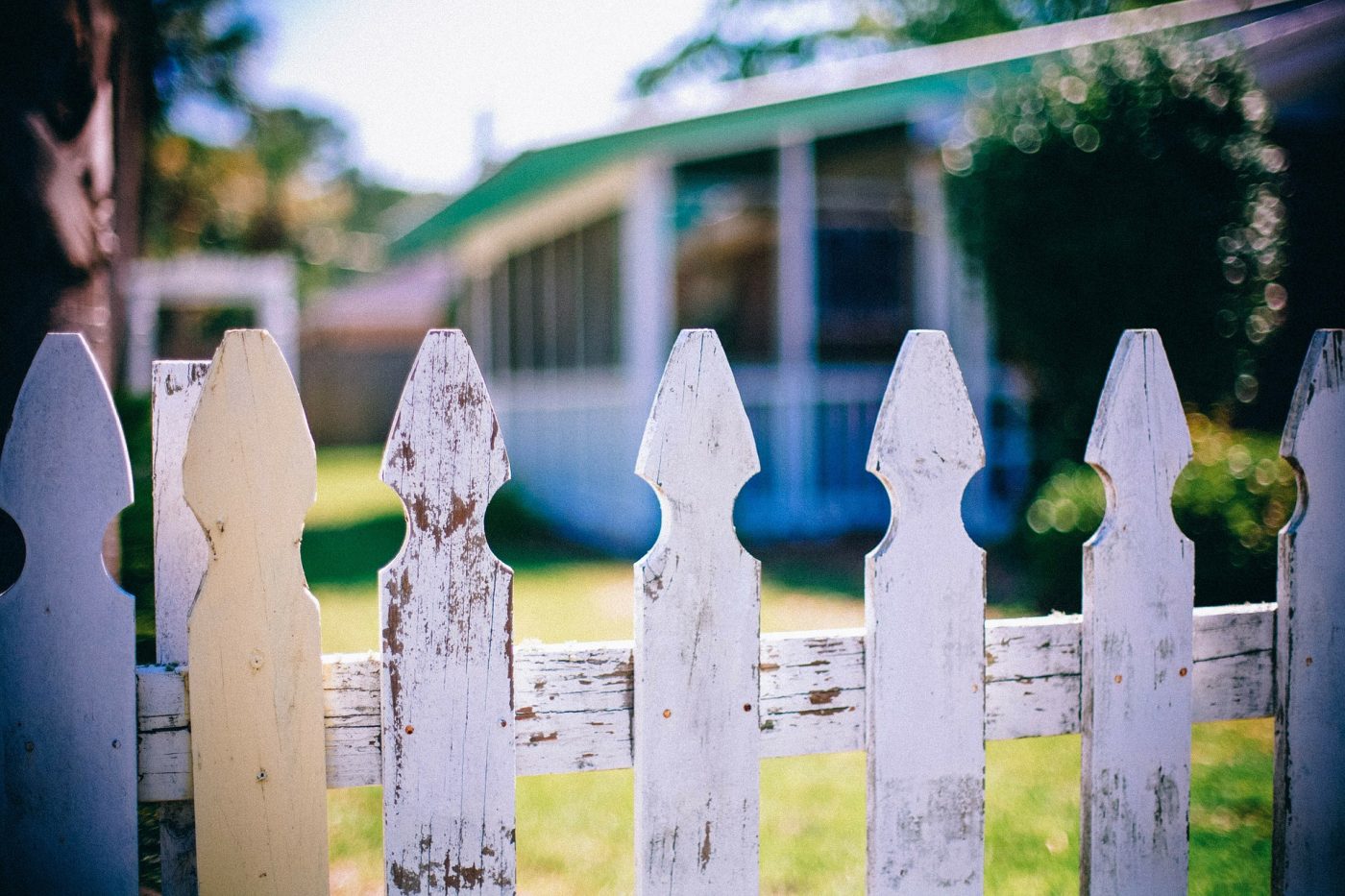The Baby Boomer generation is set to reach retirement age in droves (curbed.com refers to this growing senior population as a “silver tsunami”). University of Virginia’s demographics researcher Hamilton Lombard states, “Between 2010 and 2040, we predict the nation’s 65-plus population will grow by roughly 90 percent”.
As the largest living adult generation presently, Baby Boomers play a huge part in influencing our country’s real estate market and, in turn, the moving industry. As this generation progresses towards the standard retiring age, this giant cohort will have different wants and needs for housing than they did in their working days. Keep reading to find out how Baby Boomers’ retirement locations and lifestyles are already influencing our economy. Then, be sure to check out our blog post on Moving Hacks: Helping Seniors Move for everything you need to know about relocating yourself or helping your loved one relocate!
Lifestyle Preferences of Baby Boomer Retirees
Present-day retirees are waving goodbye to traditional senior housing and are placing an emphasis on a healthy retirement lifestyle that keeps them relevant and within society.
Baby Boomers are looking for more than your standard driving range upon retirement. The contemporary senior is calling for dynamic and active residential areas that push for independence, health benefits, next-level socialization and a deeper sense of connectedness with younger generations.

Rural Retirement
To avoid costly and conventional retirement communities, many retirees are participating in what Lombard refers to as the “halfback phenomenon.” This movement describes seniors from the east who are moving halfway back home between Florida and the Northeast to the Appalachian and Mid-Atlantic areas— more specifically to North Carolina, Georgia, Virginia and Tennessee—where the population has grown 169% between 2010 and 2017 due to lower living expenses and tax breaks for seniors. This phenomenon is compared to Californians leaving the state and moving to more affordable nearby cities.
The halfback phenomenon is one part of the overall evolution of rural retirement. Retired folks are enjoying the countryside which comes as no surprise, as its beautiful views, adequate hospitals, and interstates host more cost-convenient places to downscale and settle.
Downscaling for Downtown
Speaking of downscaling, many American retirees are also looking to go downtown just as much as their younger generations. This leads to a focus on metropolitan living and has been the major influencer of a boom in the senior rental market. According to RENTCafe’s 2017 analysis of U.S. Census Bureau data, renters 56 years and older grew by 28% from 2009-2015, whereas renters 34 years or younger only grew by 3%. Not only has the senior rental market grown, but according to data from Harvard, the percentage of senior renters with an income of at least $60,000 per year increased by 4% between 2006 and 2016.

The marriage of more senior’s renting with higher incomes has led to the demand of luxury metropolitan living for seniors; so much so that contractors are concentrating heavily on municipal infill projects to meet the demand.
However, keep in mind that the aforementioned make up only a slice of the Baby Boomer market. With approximately one-third of adults 62 years or older qualifying for rental and housing assistance, senior research assistant at the Harvard Joint Center for Housing Studies Jennifer Molinsky predicts that by 2035, there may be nearly 5 million seniors who won’t receive aid. This means that it is crucial to begin building and expanding affordable housing options in both urban and rural areas in order to house the “silver tsunami” of incoming retirees.
Whether you or someone you love is looking to retire and enjoy the golden years, Shleppers Moving & Storage will be there to help come moving day. With locations all across the US and a wide array of moving and storage services, we’re New York City’s top relocation company to call for the big move!


